The perennial argument around whether to promote talent from within the organisation or if it is better to recruit external talent is ongoing. Since the 1990’s the reliance on external hiring has replaced a process led approach to internal promotion by many firms (Bidwell, 2011).
The traditional career structure, hierarchical promotion processes and the jobs for life culture has changed inexorably as the labour market has become more flexible.
People now stay in jobs for much less time than they used to and flatter organisational structures has become the norm. This means that opportunities to recruit from within have often become more limited.
Yet the evidence shows that internal hires are more productive and that organisations who recruit from within have greater motivated, innovative and productive staff because they strive to succeed and go higher in the organisation (Zhang et al. 2024). Moreover, internal hiring is associated with greater profitability (DeVaro et al.2009).
There are pros and cons of both approaches:
Internal Hiring
Pros
- Faster and less expensive than external hiring.
- Candidates are familiar with the company culture and practices. They also bring “firm specific” skills to the table.
- Helps build employee retention and performance through greater motivation to succeed as hiring practices are transparent.
- Effective succession planning means that employees can be moulded for their next role at an early stage. Job rotation, role shadowing etc is easier for internal candidates to gain valuable experience and knowledge pre promotion.
- Promotion from within can save time and money.
Cons
- Internal candidates don’t necessarily have exposure to wider business practices and cultures which external hires can bring.
- Internal hires may not always have the skills needed for their new role if the skills needed are scarce.
- Although it is often perceived as being “safer” to hire someone you know, they are not always the best person for the job.
- If more than one person goes for promotion it can build resentment internally amongst those who are unsuccessful.
- It can cause gaps in the workforce as positions lower down are created.
External Hiring
Pros
- Candidates may bring new skills and leadership styles into the business which are not present internally.
- External hires may have expertise in turnaround and change from previous roles which are invaluable.
- The organisation needs new blood to build the culture from different perspectives and experiences.
- It can potentially help you to build diversity into the workforce.
Cons
- External hires often cost more to attract. Up to 20% more (Bidwell, 2011).
- Candidates lack familiarity with the culture and business practices of the organisation.
- Establishing the cultural and organisational fit of the candidate can be challenging.
- Higher exit rates for external hires are also prevalent for external hires (Bidwell, 2011), when measured at 18 months post hire. However, initially external hires stay longer than internal hires because of a reluctance to move.

The company business cycle
When the company is in a growth phase it may be advantageous to build on the internal talent within the organisation. When the company is in a period of change or is struggling to compete in the global market then external hiring may be favoured.
External hires may better at challenging the status quo or by providing fresh perspectives.
How to solve the external versus internal hiring conundrum
Our five-point plan:
- Start with a succession plan – It is important to understand the bench strength within the business to know when to hire internally or go external to market.
- Have a clear role profile and person specifications to measure candidates against. Understanding what looks good in the role is critical. Also, have clear targets and goals in place for each role.
- Have learning and development plans in place to prepare internal talent for potential promotion.
- Understand what is unique about the role – This helps you to decide whether skills need to be home grown or important through external hiring.
- Have an onboarding programme in place to integrate the new job holder into the role.
Making the best choices
Avoid bias decision making, the best person for the job must be the aim of the hire whether it is external or internal. It may be better to take a balanced approach and on occasions, take a hybrid approach by comparing internal and external candidates at hiring stage. The evidence shows that as organisations grow the need to hire internally increases.
Bibliography
Bidwell, Matthew. (2011). Paying More to Get Less: Specific Skills, Incomplete Information and the Effects of External Hiring versus Internal Mobility. Administrative Science Quarterly. 56. 369-407. creases because of the need for firm specific skills grows and the talent pool expands.
Zhang, Letian and Wang, Simeng, Organizational Hiring Practices and Employee Innovation (January 4, 2024). Available at SSRN: https://ssrn.com/abstract=4683314 or http://dx.doi.org/10.2139/ssrn.4683314
Devaro, Jed & Morita, Hodaka. (2009). Internal Promotion and External Recruitment: A Theoretical and Empirical Analysis.
About The Author

Matthew Davis leads MDC Advisory, a full-service business Psychology and leadership consulting practice.
He has over 30 years’ experience of advising clients on all aspects of effective selection having advised clients globally.
He can be contacted via email or on 07974 430021



